- User-friendly interface
This could mean clickable images so a user doesn’t have to aim for text or an autocomplete function on a search bar. The key to a user-friendly design is to help people get what they want in the least number of steps.
- High-resolution visual content
Product shots from different angles and video reviews help shoppers make a decision. However, visitor numbers might drop along with the page load speed if you don’t think through the technical part.
- User reviews
Having a feature that lets customers share their experience with a product, whether positive or negative, helps other users make shopping decisions and adds credibility to your website.
- Mobile-friendly adaptation
According to Hootsuite’s Digital Report, 48% of the time spent on the internet is from 5.112 billion unique mobile device users: that’s 2/3 of the world’s population. Another statistical report shows that 79% of smartphone users have purchased something from their device in the past six months. With statistics like this, adapting your website design to the mobile web is a necessity.
1. Website safety and security
No Internet user wants to catch a bug while browsing the web, but it’s not just the safety of their computer that’s at risk. As an eCommerce business, you store volumes of data about your products and the users that register to buy on your site, so safety is one of the most crucial eCommerce website requirements. Any breach of this data puts your business at risk; your leads’ contact information could be stolen and sold on, or you could permanently lose essential data.
An unsecured website gives you bad reputation on Google as well as on other search engines. Not so long ago, Google started flagging websites without an SSL certificate and HTTPS protocol. These are more than just warnings or recommendations; users won’t be able to visit sites without these two components, and you might be losing potential orders if your certificate has expired.
2. Optimization before and during eСommerce website development
Talking about bad reputations, Google’s new perk for users is flagging websites with slow loading speeds. If in the past people would click on a link, wait for it to load and go back if it doesn’t do so quick enough, now they might even forgo checking out a website with low load speed altogether.
According to Think with Google research, if a page takes up to five seconds to load, the probability of visitors bouncing increases by 90%. That’s all the more reason to think about optimization and make sure your site is in top performance condition.
The purpose of SEO is to enhance your sales by making it rank higher in a search engine with different strategies and techniques. Part of it is adding keywords to the content you add to the website, as well as meta information to pages — titles and descriptions — and images. Many specialists forget that customers can find you through an image search, but only if you add ‘alt’ descriptions to your visual content.
Another thing that a lot of companies forgo is involving an SEO specialist at the early stages of eCommerce website development. At the very least, the website should launch with all the required meta tags, but an SEO specialist can also help you with organizing page structure and internal linking, creating content strategy, building a mobile-friendly design, improving the loading speed, as well as other important aspects.
3. Website search and filtering functionality
People use the search bar even on websites that don’t sell anything and if yours does, it should definitely offer advanced search functionality. For example, an advanced feature can be a visual search where users can upload a photo of an item they like and your search engine will try to find a product that is similar, if not exactly the same.

Browsing categories is only necessary if users don’t know what they’re looking for and need some inspiration. In other cases, a simple search will find them the product they need in just a couple of clicks.
Some users won’t remember exactly what a product is called, so you might want to tag yours with keywords or synonyms.
4. Registration and related issues
There is a certain benefit to registering on an eCommerce website, like saving the shopping history or delivery address, but some users prefer a guest checkout form or a one-click-buy feature.
Consider how many different accounts you have on the web. Like the average user, you probably have numerous ones for different things, and some people want to avoid registering on yet another website to make a one-time order. If scoring a sale outweighs getting the personal data of a few shoppers onto your database, think about adding a guest checkout feature into your eCommerce site. There are other ways to remind shoppers of your site address, such as adding it on the order packaging or at the end of the message with the shipment number.
A registration form isn’t your only option; you can also ask users to sign in with social media or a minimal form with their name, email, and phone number. In both cases, you can auto-generate an account and email them the login details.
5. Payment options
Adding all possible payment options might be too much when you are just developing an eCommerce website, but only offering one limits you to shoppers who use this option. Although unexpected shipping costs (55%) and a lengthy checkout process (26%) are key reasons for buyers abandoning their shopping carts, according to the 2019 Payment Methods Report, 6% of them would bail on you because there weren’t enough payment options.
According to Hostgator, the most popular payment methods are PayPal, Apple Pay, Amazon Pay, Google Pay, American Express, Stripe, Square, Visa, Masterpass, and 2Checkout. Depending on the type of items you’re selling, you might want to check out some options involving cryptocurrency as it continues to increase in popularity.
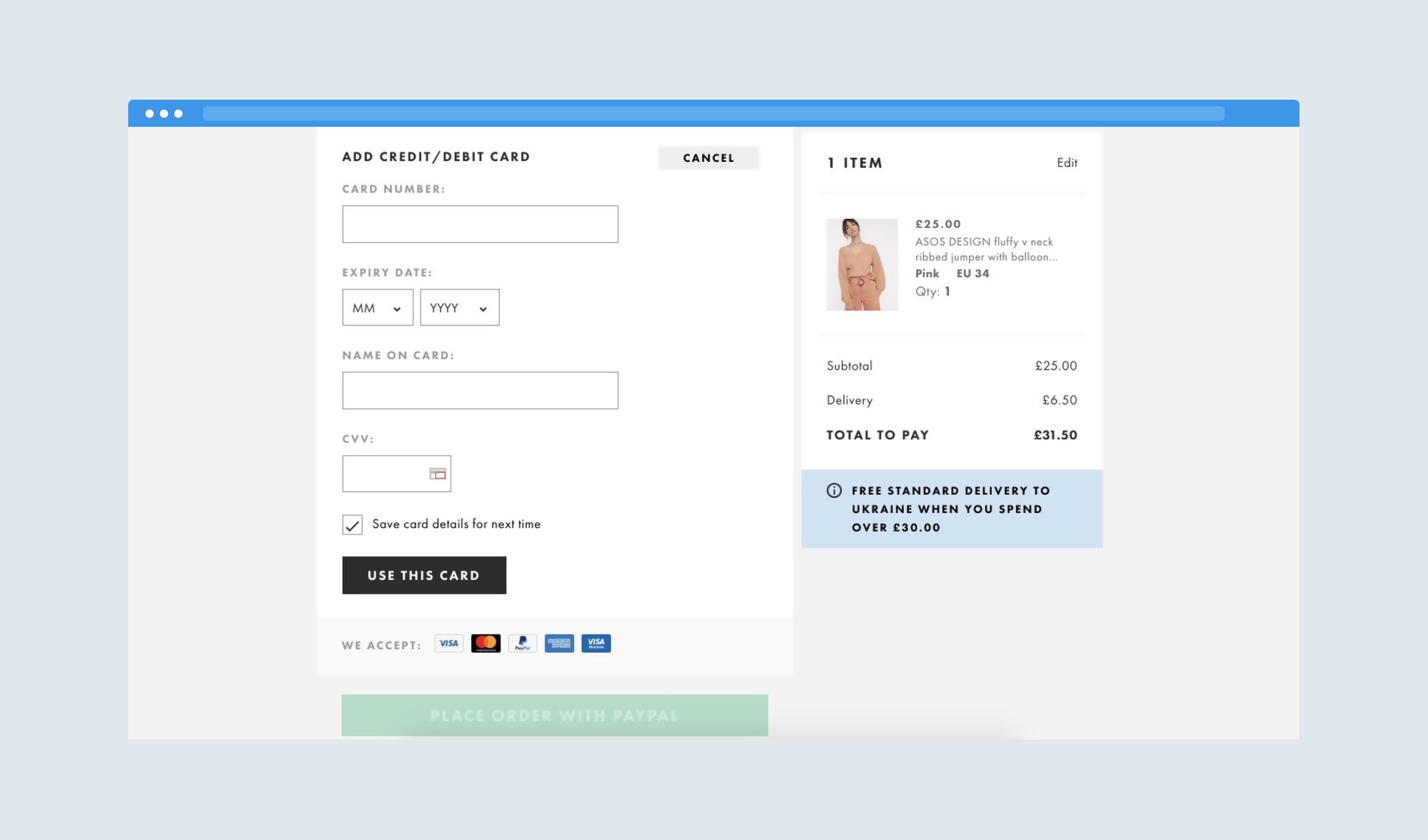
6. Shipping rates
As mentioned before, unexpected shipping costs are the reason for 55% of customers abandoning their shopping carts. It could be because they don’t know the rates or expected a lower sum, or there are extra charges.
Online shopping is a matter of convenience and if you don’t have free delivery, there should be detailed information about shipment options and rates in the menu with a link on every product page.
7. CMS integration
A content management system (CMS) helps store and manage all your visual and written content as well as your marketing documentation in one place. You can edit or add new information and the changes will automatically be reflected on the website once published. A CMS can also help your employees promptly react to tickets from customers.
You can use a ready-made solution such as PrestaShop, OpenCart or Magento. These options are open-source, so you can integrate them into your website code.
8. Mobile functionality
According to Criteo’s 2018 Global Commerce review, more than half of online transactions are carried out through a mobile device. Though people are more likely to buy from a mobile app, you’ll still have a better conversion rate if your eCommerce interface easily adapts to the mobile web. For example, Walmart Canada managed to increase their website conversions by 20% after releasing a more responsive design. They also reported a staggering 98% increase in mobile orders.
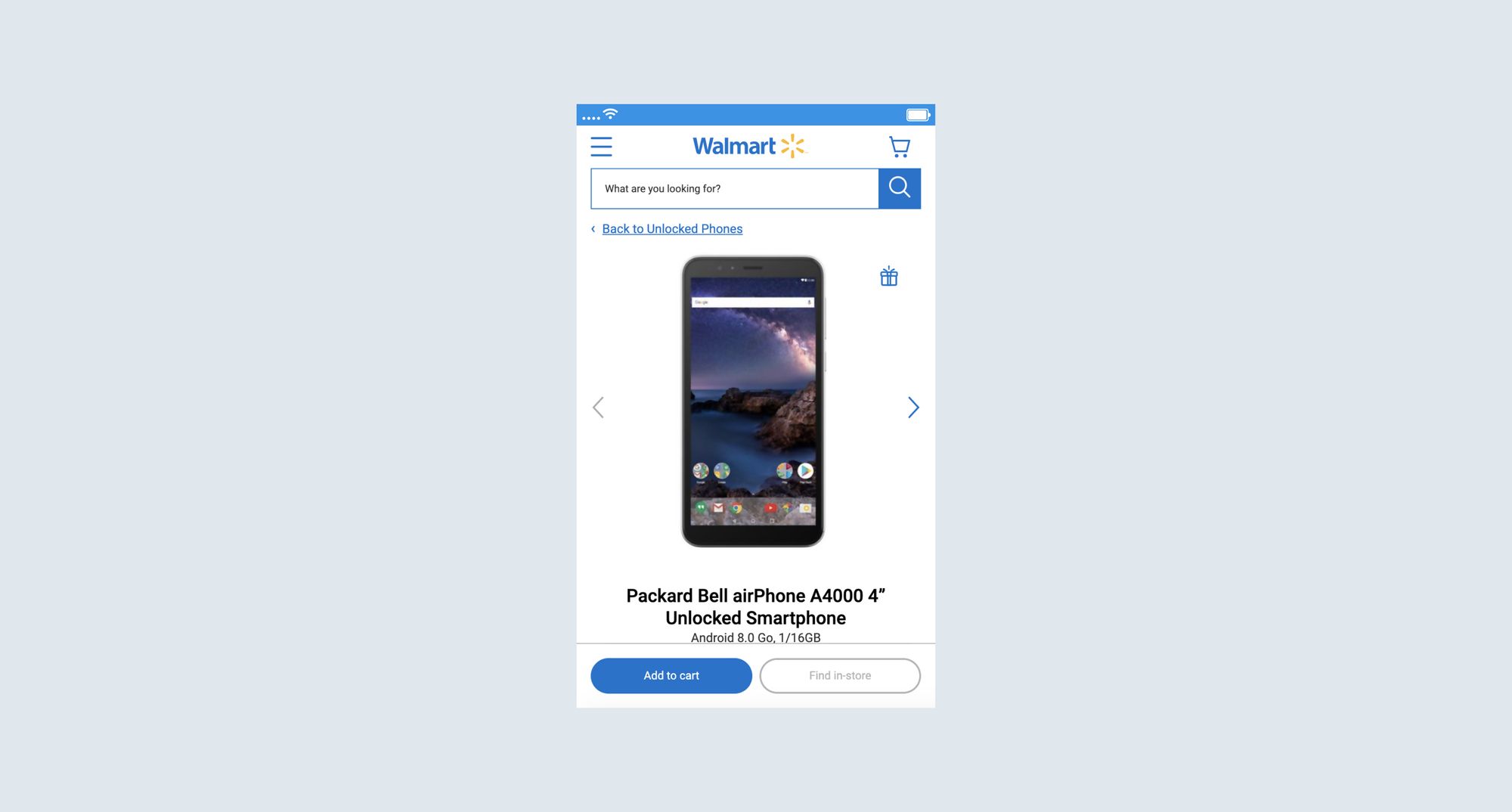
Considering that more people use mobile devices each year, it’s reasonable to invest in responsive design, like adaptable typography and image size, and mobile-specific features, such as hidden menus. The mobile site should be optimized down to the product descriptions.
9. A website design that matches the products you are selling
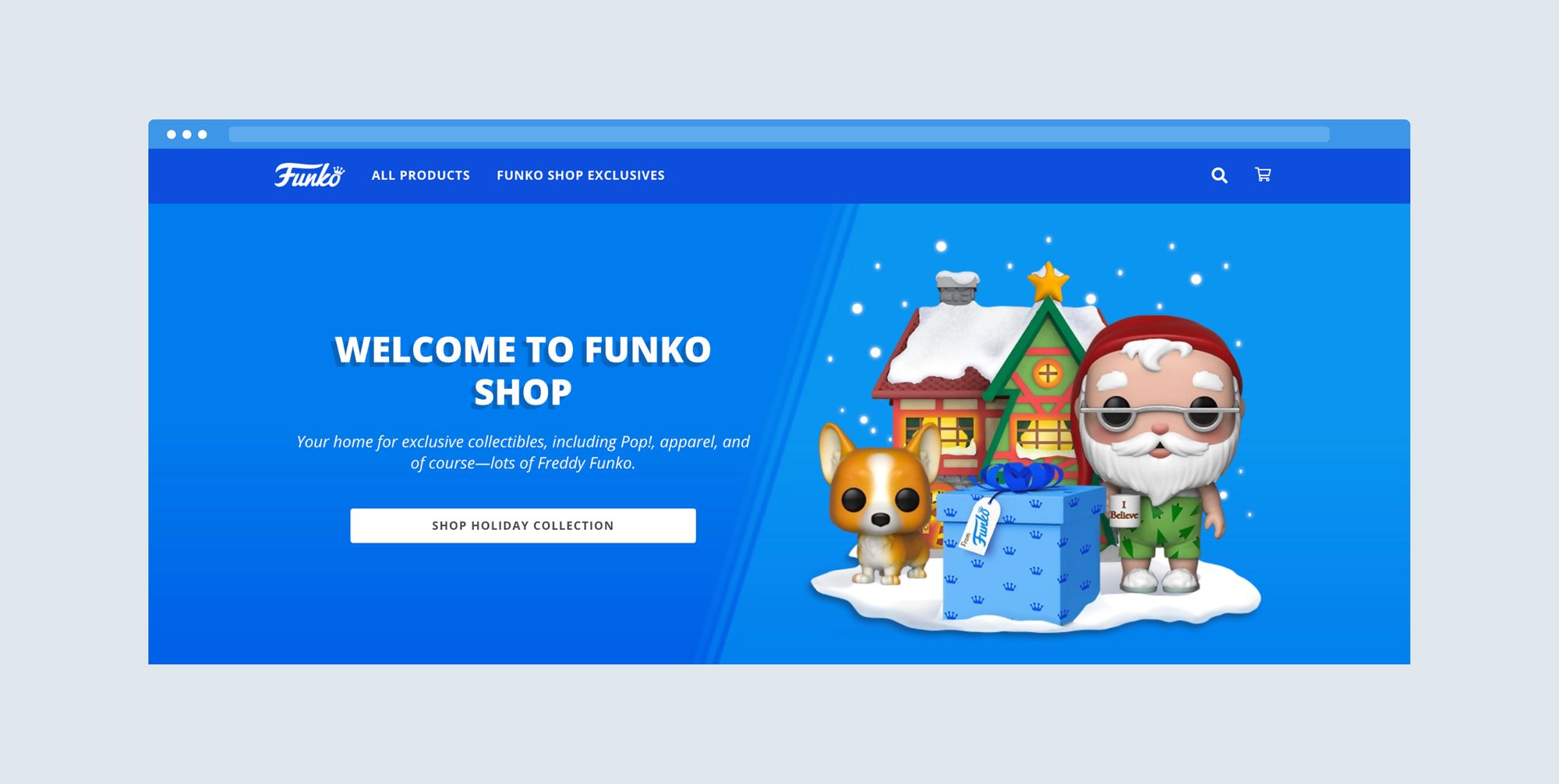
Your website’s color scheme should match and complement the products you are selling. Say you’re designing an eCommerce website for game or fandom-related merch — a font or background related to it should be self-explanatory of the variety of items people can find here.
Food-related eCommerce will do well with a green, yellow and purple color range as these colors stimulate appetite. There should also be lots of white space so that the site design and food items don’t contradict each other.
10. Good shopping cart design
We don’t need statistics to tell us that web users like simple but functional shopping carts. A simple shopping cart involves as few steps as possible, but there are ways to enhance its functionality.
For example, you can have three types of users: registered, unregistered, and those who’d prefer to remain a guest. In the first step, when a user clicks on the shopping cart, it can ask them to log in, register, or buy as a guest. Users should be automatically redirected to their full baskets once they register or log in — having to look for the same items again can be discouraging. On the other hand, you can do a one-step checkout, where all steps will be in one dynamic window that updates automatically when a user inputs data.
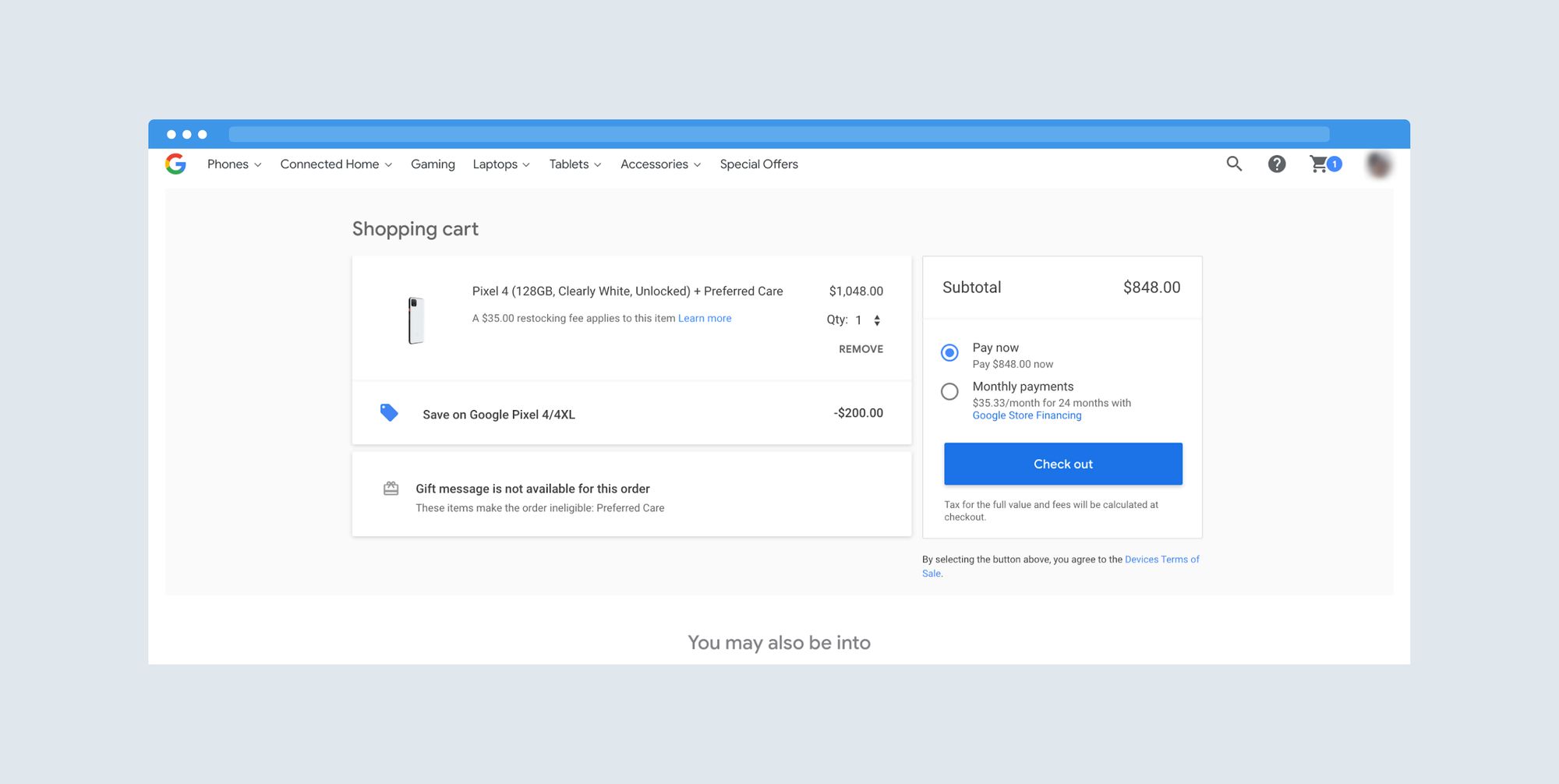
You can also incorporate cross-selling and upselling into your shopping cart by adding a section with products that might interest a user. That’s definitely something to consider early into your eCommerce website development process, as you need to decide how you are going to distinguish the products that are most relevant to a particular buyer.
11. Proper product showcase and descriptions
Along with simplicity, users value quality content. High-resolution images, video reviews, and comprehensive product details have an impact on your conversion.
The downside of online shopping is that customers can’t see or feel the product or, try it on, so the only information they can use to make a decision is product descriptions. Adding individual measurements to clothes, use purposes for instruments, and energy consumption for appliances will all help convince customers to buy your product.
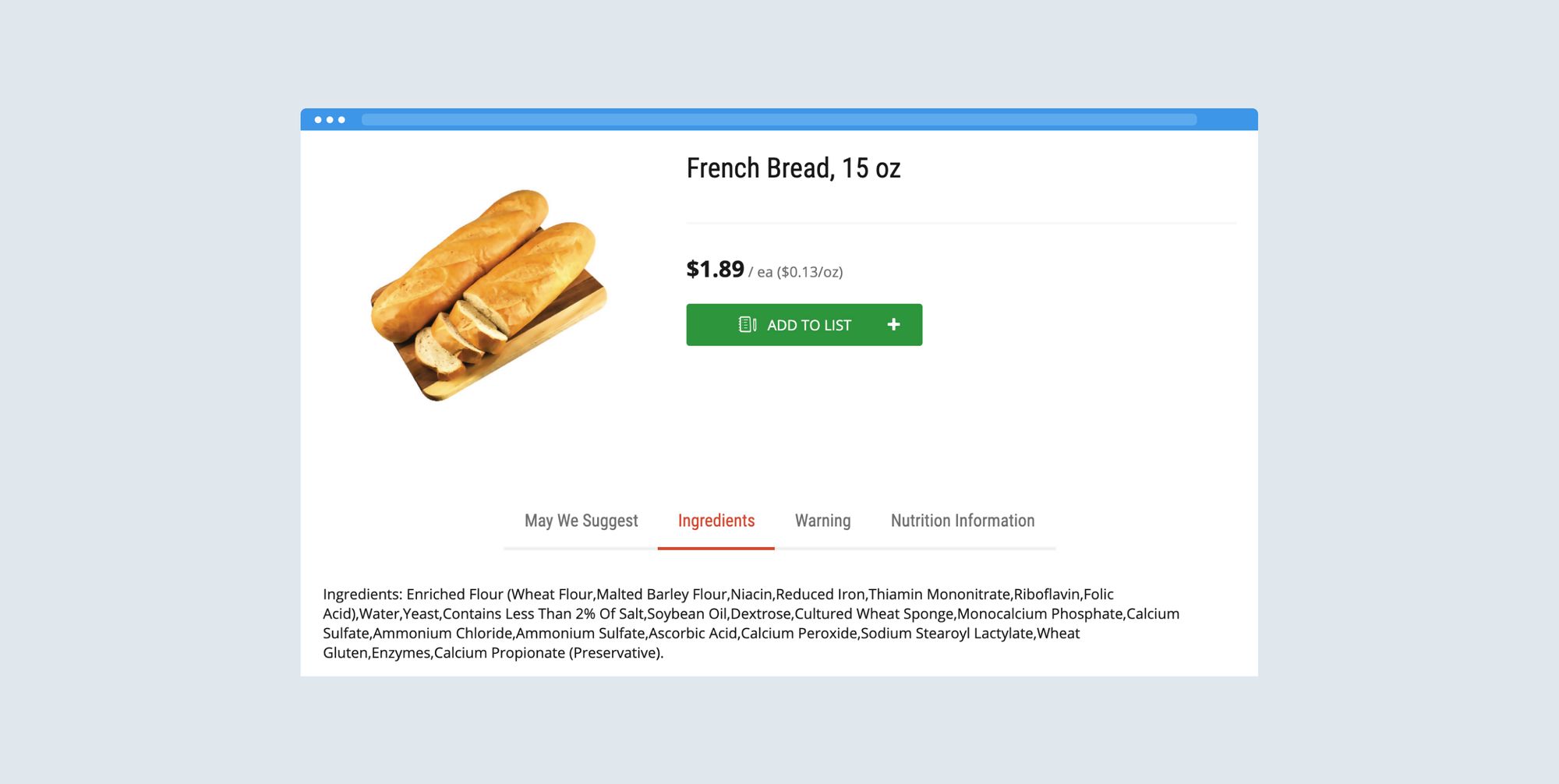
12. Customer support and contacts
As mentioned in the Payment Methods Report, Millennials value personalization, such as individual recommendations from a support representative. While eCommerce business tries to make this possible, customer support helps shoppers to solve issues with shipping, payment, returns, etc. It’s good practice to have a contacts section on your website, as well as a strip of info at the top of each page with a clickable phone number or email.
Having your physical address and phone number for contacts mentioned on the website (store, main office or warehouse), automatically adds to your credibility. Consider adding a WhatsApp number, Facebook Messenger chat bit or other chat options for the younger population, who don’t generally enjoy talking on the phone.
13. Social proof
Customer feedback is always good to add credibility to your site so think of how you can get and display it. It could be written reviews or product unboxing, or there could be an option for customers to add their video reviews and product images to the site. Additionally, you can have a comment carousel on the main page with links to the products that have been reviewed.
14. Marketing strategy
Whether you are launching a website based on a physical store or you are new to the retail business, a good marketing strategy developed along with the website can give you a head start on the first orders. However, it also defines the structure of the website and determines the elements that help to create a good one.
Developing a marketing strategy early on can help you identify what features you’ll need. For example, you might want to add sharing options for social media or push notifications, both in desktop browsers and for mobile devices. It’s more efficient to do that while developing a website rather than after it has launched.
15. Supportive articles
Another thing you should consider is the documentation related to the use of your website and the policies that regulate it. Sections with an FAQ, shipping information, return policy, use of cookies, privacy information and other policies should be live on your e-shop as soon as it’s up and running.
Saying that there’s a lot to consider when developing an eCommerce website is the understatement of the year. We know from experience all the features, nuances, and technology you need to come out with a convenient, functional, high-performance online store that will attract customers. It’s not an easy feat, even if you use WordPress, eCommerce plugins or software like Shopify. If you decide to hire an eCommerce website development company, it’s crucial to make sure you choose one that can build the perfect web store for you, both in terms of design and functionality.
If you decide to create a high-functioning web store, that sets your company apart from the rest, contact our team to get more insight into the development process.